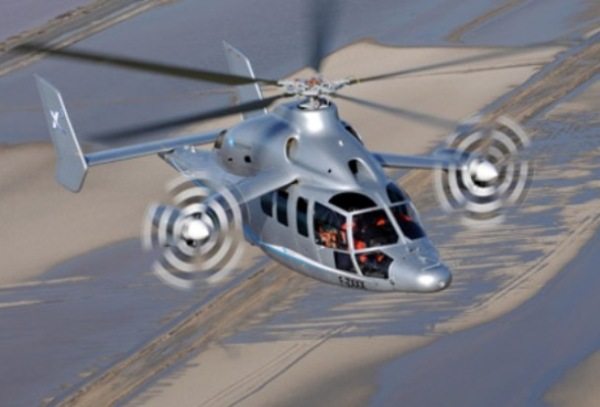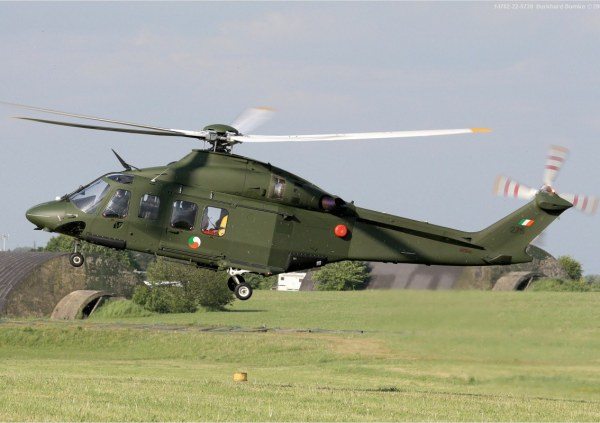The capabilities offered by Eurocopter’s current and future helicopter product lines for Japanese civil and governmental operators will be the company’s focus at the Japan Aerospace 2012 exhibition in Nagoya. Eurocopter’s exhibits will include flight demonstrations by the highly popular EC135 light twin-engine helicopter, as well as scale models of the EC175 and the X3 high-speed hybrid technology demonstrator.
To be showcased at the event is the EC135 light multipurpose twin-engine helicopter, of which more than 70 have been registered in the country – making Japan’s fleet the third largest worldwide. An EC135 will be displayed at Nagoya’s Central Japan International Airport (Centrair), where it will take part in the exhibition’s flight presentations on October 13-14.
The EC135 is a rotorcraft of choice for Japan’s “Doctor-Helicopter” emergency airlift services program, and is also widely used in electronic news-gathering missions by the country’s media organizations. In addition, the EC135 was selected by the Japanese Maritime Self Defense Force as its training helicopter, with the service having already contracted 10 of the 15 planned for acquisition and operating 8 of them.
As part of Eurocopter’s support for local operators, its Eurocopter Japan subsidiary has created a training center in its newly opened Kobe facilities, which is to formally receive Eurocopter’s certificate of approval during an October 11 ceremony at the Japan Aerospace 2012 exhibition. This will be Eurocopter’s 22nd training center worldwide, and will include a full-flight simulator for the EC135.
“Eurocopter is continually developing new and cutting-edge technology to meet the requirements and expectations of customers,” said Eurocopter Japan President & CEO Stephane Ginoux. “We have also renewed our commitment to Japan with the investment made in our new Kobe facilities, which will put us in good stead to answer to the needs of both civil operators as well as government agencies effectively and efficiently.”
Scale models of Eurocopter’s new EC175 medium twin-engine helicopter and the revolutionary X3 high-speed hybrid helicopter are to be included on the company’s Japan Aerospace 2012 exhibit stand at the Port Messe Nagoya, where the event’s displays are located.
The EC175 is well matched to the law enforcement, fire-fighting and disaster response needs of Japan’s central and local governments, and also offers a highly capable solution for passenger shuttle operations and transportation to off-shore oil and gas platforms.
Eurocopter’s X3 demonstrator has proven its capabilities in flight testing, validating the company’s concept in applications requiring long transit flights and where speed is important, while retaining vertical lift and hover capabilities – all at a very affordable cost. The X3 uses a pair of turboshaft engines to power a five-blade main rotor system, as well as two propellers installed on short-span fixed wings.
In response to the Japanese government’s recent decision to relax its defense policy in an effort to strengthen its domestic defense industry, Eurocopter will also demonstrate its commitment to co-operation programs with Japanese partners. Not only does Eurocopter have a proven track record of successful industrial co-operations for European military platforms such as the Tiger combat helicopter and NH90 NATO multirole helicopter programs; Eurocopter’s 35-year co-operation with Kawasaki Heavy Industries on the EC145/BK117 civilian program has also enjoyed great success globally.
Eurocopter Japan Co., Ltd was established in April 2009 as a subsidiary of Eurocopter (90%) and Itochu Corporation (10%). In July 2009, Eurocopter Japan established Eurocopter Japan T&E. Co., Ltd, a joint venture with ANAM. After these two acquisitions, Eurocopter became the first foreign affiliated company in this field to become a full-fledged industrial player in Japan.
With around 55% market share in the civil and parapublic sectors, a fleet of 320 helicopters and 50 years of presence in Japan, Eurocopter Japan will continue to contribute to Japanese customers and the society by improving safety, usability and the cost efficiency of the air by providing excellent products and consummate services.











